Don’t wait until the pain is at its peak intensity to start treatment, but actively prevent it by setting up an appropriate basic therapy for as long as necessary.
Chronic pain is one of the major health problems and causes of disability. Therapies are not always able to modify the evolution of the painful pathology, therefore an early diagnosis and adequate symptomatic treatment are essential in order to prevent the onset of chronic pain as much as possible. Regardless of whether the pain is acute or chronic, peripheral or central, it must be treated as quickly as possible, using all available strategies.
Pain treatment should be applied when the symptom occurs, even if with moderate intensity, before it becomes high intensity and persists over time. However, there is no evidence of a causal link between acute postoperative pain and persistent postsurgical pain (PPSP), therefore aggressive treatment of acute pain to prevent PPSP is not recommended, since chronic pain requires appropriate multimodal treatment.
Sources
1. Nordness MF, Hayhurst CJ, Pandharipande P. Current Perspectives on the Assessment and Management of Pain in the Intensive Care Unit. J Pain Res 2021;14:1733-44.
2. Barr J, Fraser GL, Puntillo K, et al; American College of Critical Care Medicine. Clinical practice guidelines for the management of pain, agitation, and delirium in adult patients in the intensive care unit. Crit Care Med 2013;41:263-306.
3. Devlin JW, Skrobik Y, Gélinas C et al. Clinical Practice Guidelines for the Prevention and Management of Pain, Agitation/Sedation, Delirium, Immobility, and Sleep Disruption in Adult Patients in the ICU. Crit Care Med 2018;46:e825-73.
Download
PDFAttention. Please note that these items are provided only for information and are not intended as a substitute for consultation with a clinician. Patients with any specific questions about the items on this list or their individual situation should consult their clinician.


Recent Comments